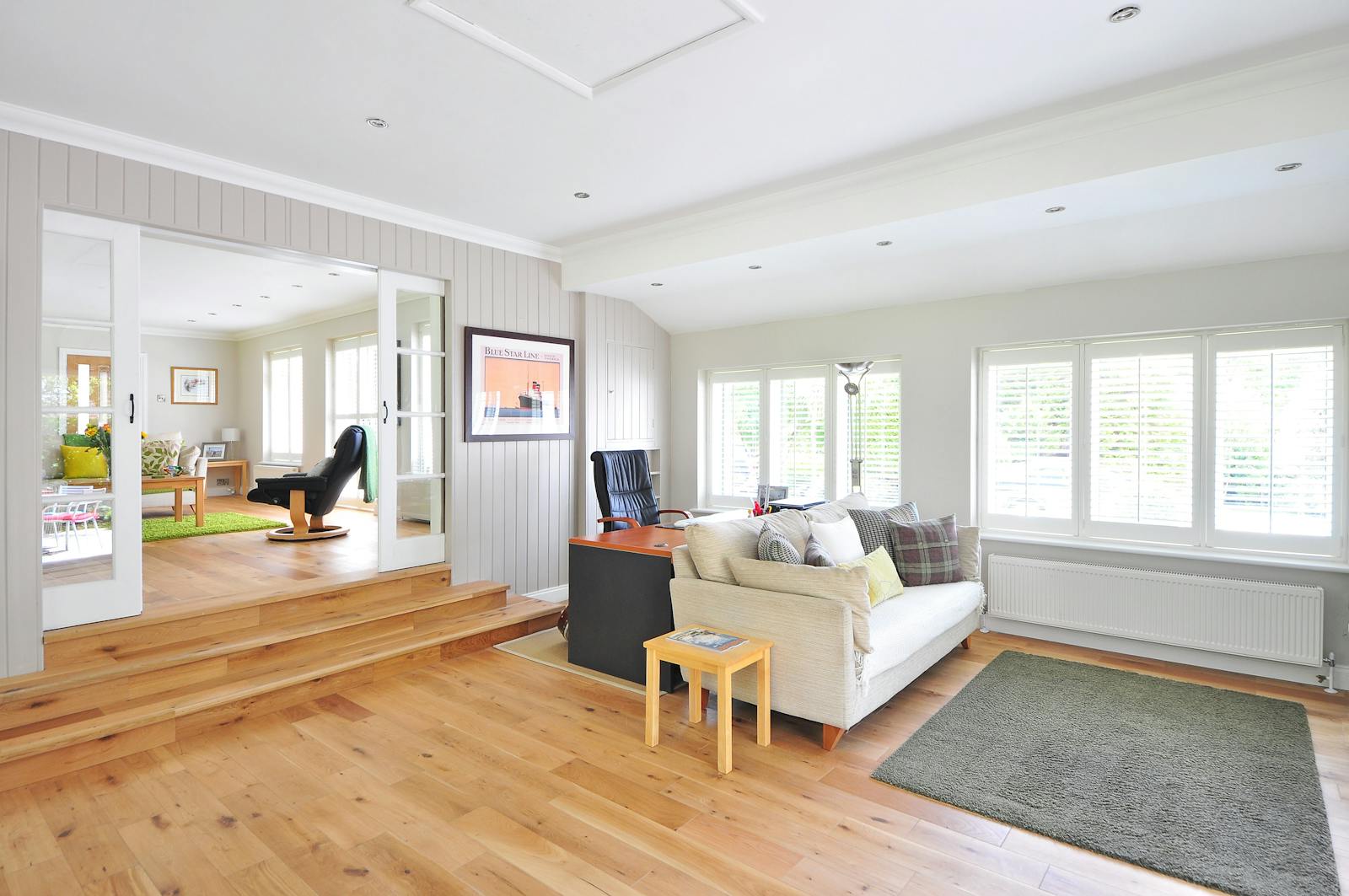
Hardwood floors, with their timeless beauty and enduring durability, remain a coveted feature in homes worldwide. From the rustic charm of oak to the exotic allure of Brazilian cherry, hardwood offers a warmth and sophistication that few other flooring materials can match.
However, beneath the polished surface lies a complex world of wood species, installation techniques, and maintenance protocols. Understanding these nuances is crucial for homeowners seeking to make informed decisions about their flooring, ensuring both aesthetic appeal and long-term value.
1. The Spectrum of Wood Species: A Foundation of Choice
The selection of wood species is the cornerstone of any hardwood flooring project. Each species boasts unique characteristics, influencing its appearance, durability, and cost.
- Oak: A classic choice, oak is renowned for its strength, versatility, and distinctive grain patterns. Red oak offers a reddish hue and open grain, while white oak presents a lighter tone and tighter grain.
- Maple: Known for its smooth, uniform texture and light color, maple lends a contemporary and minimalist aesthetic. It’s a dense hardwood, offering excellent durability.
- Hickory: Highly durable and resilient, hickory features a pronounced grain and a range of colors, from light to dark. It’s ideal for high-traffic areas.
- Walnut: A luxurious choice, walnut boasts a rich, dark color and a beautiful grain pattern. It’s a softer hardwood, requiring more careful maintenance.
- Exotic Woods: Species like Brazilian cherry, bamboo, and acacia offer unique colors and grain variations. Brazilian cherry, known for it’s rich reddish tones, darkens over time. Bamboo is a sustainable option, and acacia is known for it’s durability and unique grain.
Beyond aesthetics, consider the Janka hardness rating, which measures a wood’s resistance to denting and wear. This rating helps determine a species’ suitability for specific applications.
2. Engineered vs. Solid Hardwood: Understanding the Construction
Hardwood flooring comes in two primary forms: solid and engineered.
- Solid Hardwood: Crafted from a single piece of wood, solid hardwood offers timeless beauty and can be sanded and refinished multiple times, extending its lifespan. However, it’s susceptible to moisture and temperature fluctuations, making it unsuitable for basements and bathrooms.
- Engineered Hardwood: Comprising multiple layers of wood bonded together with a top layer of solid hardwood veneer, engineered hardwood provides enhanced stability and resistance to moisture. It can be installed in a wider range of environments, including basements and over concrete slabs.
Understanding the construction of each type is crucial for selecting the appropriate flooring for your specific needs.
3. Installation Techniques: Precision and Expertise
Proper installation is paramount to achieving a flawless and long-lasting hardwood floor. Common installation methods include:
- Nail-Down: This traditional method involves nailing the flooring planks directly to a wooden subfloor.
- Glue-Down: Adhesive is used to bond the flooring planks to the subfloor, providing a stable and secure installation.
- Floating: This method involves installing the flooring planks over an underlayment, without directly attaching them to the subfloor. It’s often used with engineered hardwood.
It is always recommend to use a professional installation team, to prevent warping and improper instillation.
4. Finishing and Sealing: Protecting the Investment
Finishing and sealing are essential steps in protecting hardwood floors from wear, moisture, and staining. Common finishes include:
- Polyurethane: A durable and water-resistant finish that provides a high-gloss or matte appearance.
- Oil-Based Finishes: Offer a natural, matte look and penetrate the wood, enhancing its grain and color.
- Wax Finishes: Provide a traditional, low-luster finish that requires regular maintenance.
Choosing the appropriate finish depends on the desired aesthetic and the level of protection required.
5. Maintenance and Care: Preserving the Beauty
Proper maintenance is crucial for preserving the beauty and longevity of hardwood floors. Key maintenance practices include:
- Regular Cleaning: Sweep or vacuum regularly to remove dirt and debris. Use a damp mop with a pH-neutral cleaner designed for hardwood floors. Avoid excessive moisture.
- Protective Measures: Place mats at entryways to trap dirt and moisture. Use felt pads on furniture legs to prevent scratches.
- Humidity Control: Maintain a stable humidity level to prevent warping and cupping.
- Refinishing: Over time, hardwood floors may require refinishing to restore their original luster. The frequency of refinishing depends on the level of traffic and wear.
6. Understanding specific room considerations:
- Basements: Basements present unique challenges due to potential moisture. Engineered hardwood is generally recommended for basements due to its enhanced stability.
- Bathrooms: Bathrooms are high-moisture environments. While solid hardwood is generally not recommended, certain engineered hardwood products with moisture-resistant finishes may be suitable. It is still vital to keep standing water off of the floors.
- Kitchens: Kitchens are high-traffic areas prone to spills. Durable hardwood species and robust finishes are essential.
7. Sustainability Considerations:
In today’s environmentally conscious world, sustainable hardwood options are gaining popularity. Consider:
- Forest Stewardship Council (FSC)-certified hardwood, ensuring responsible forest management.
- Bamboo, a rapidly renewable resource.
- Reclaimed hardwood, giving old wood new life.
By understanding the complexities of hardwood flooring, homeowners can make informed decisions that enhance their homes’ beauty, value, and longevity. Proper species selection, correct instillation, and routine upkeep, are vital to maximizing the lifetime of hardwood flooring.
